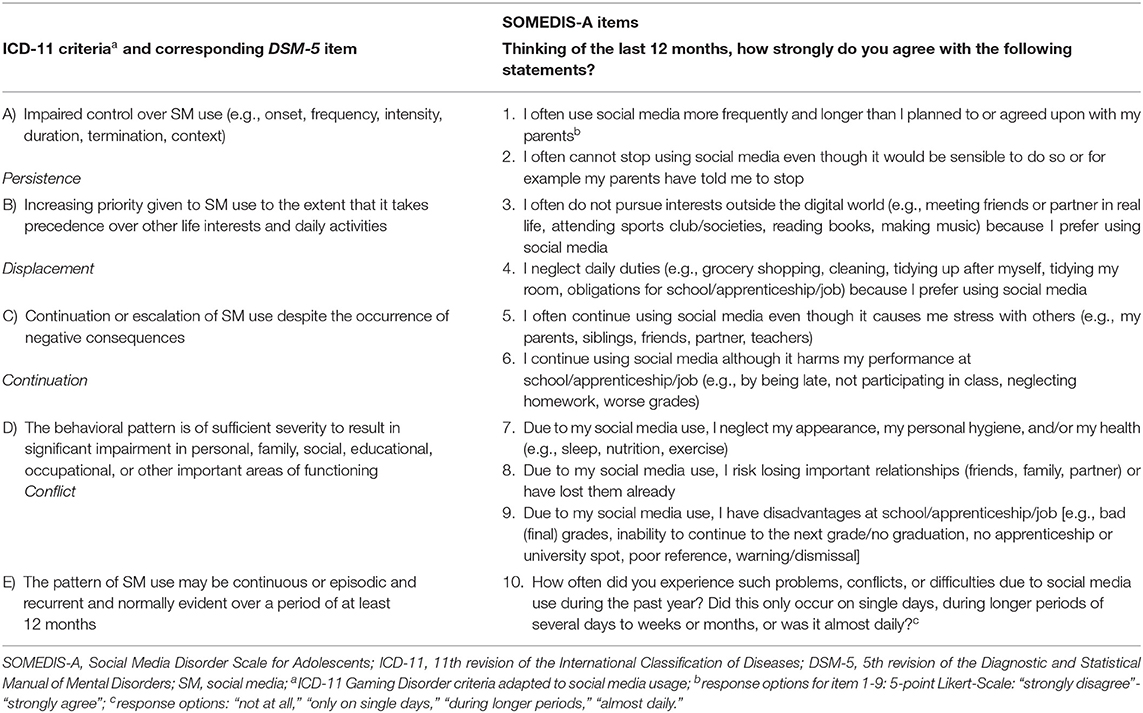
Phq-9 Adolescent Validity And Reliability Manual Of Mental
Statistics, epidemiology and research designCronbach alpha was used to assess the reliability of the questionnaire, and Pearson correlations with anxiety, self-esteem, and perceived control were used to assess its construct validity. The construct validity for the Somali PHQ-9 was also established showing that the Somali PHQ-9 has similar reliability and validity like the other translated versions of PHQ-9. The Somali PHQ-9 showed a good reliability, homogeneity, and internal consistency. Methods: 109 outpatients or inpatients with MDD who qualified the Diagnostic and Statistical Manual of Mental Disorders, fourth edition (DSM-IV) criteria completed PHQ-9 and. Background: To assess the reliability and validity of Patient Health Questionnaire-9 (PHQ-9) for patients with major depressive disorder (MDD) and to assess the feasibility of its use in psychiatric hospitals in China.
92 and of the GAD-7 it was. We expect that the PHQ-A will present.Reliability (Cronbach’s ) of the PHQ-9 was. Ysis of reliability, validity, and factor analysis. Statistics,epidemiology and research designThe Patient Health Questionnaire-9 modified for adolescents.
76.However, studies of the reliability and validity of the PHQ-9 depression scale have. For the GAD-7 a cut-off value of 9 provided a sensitivity of. For the PHQ-9 a cut-off value of 10 provided a sensitivity of.

8The objective of the Getting it Right study was to determine the validity of the aPHQ‐9 as a tool for screening Indigenous people attending primary health care services for depression, comparing it with the standard tool, the MINI International Neuropsychiatric Interview (MINI) 6.0.0. 7 The PHQ‐9 text has been re‐worded in “Aboriginal English”, and the adapted instrument (aPHQ‐9) was found to be internally consistent in a study with a community sample of 78 Aboriginal men (Cronbach α = 0.776) and women (α = 0.767) from central Australia. The nine‐item Patient Health Questionnaire (PHQ‐9) 6 has been used for nearly two decades as a screening tool for depression and for assessing symptom severity in a wide range of cultural settings, but lacked face validity for use in Indigenous Australian communities. 5 To rectify the paucity of Indigenous Australian‐specific depression research, a culturally adapted depression screening tool validated in multiple Australian states and territories is needed. 4 High quality primary care investigations of this problem have been undertaken in the United Kingdom and the United States, 3 but detection of depression in Aboriginal and Torres Strait Islander people (Indigenous Australians) in primary care has been little investigated.A recent systematic review of diagnostic psychiatric instruments found that none had been formally validated for Indigenous Australians. 2 Evidence‐based management of people with depression in primary care is beneficial for their health, 3 but the rates of detection, diagnosis and effective intervention are inadequate.
The protocol 10 was conceived and designed in accordance with the principles of reciprocity, respect, equality, responsibility, survival and protection, and spirit and integrity. Methods Study design and participantsGetting it Right was a prospective, observational diagnostic accuracy study undertaken in ten Indigenous primary health care services in the Australian Capital Territory, New South Wales (four sites), the Northern Territory (two sites), Queensland, South Australia, and Western Australia. 8 Additional questions were developed for assessing these features we will report our findings regarding these questions in a separate article.
Trained staff members at each service were asked to screen all people attending the service on recruitment days and to record written or verbal informed consent for those who agreed to participate. People with a diagnosis of psychosis or bipolar disorder were excluded. People were eligible for the study if, at the time of their presentation to a participating health service or health service event, they were at least 18 years of age, identified as Indigenous Australians, were able to communicate sufficiently to respond to the questionnaire and interview questions, and gave informed consent.
The interview and algorithm provide the dichotomous categories “current major depressive episode” and “no current major depressive episode.” ProceduresIn the first assessment, a trained (as outlined in the protocol 10), culturally competent staff member from the primary health care service interviewed each participant, using a printed or electronic questionnaire during a face‐to‐face interview (or, if necessary, by telephone). The MINI, which can be modularised and administered by clinicians and lay interviewers after appropriate training, is the most widely used structured psychiatric diagnostic interview instrument, having been validated in more than 100 countries. The reference criterion standard was a diagnosis of depression with the MINI 6.0.0, 9 a structured interview for the major Diagnostic and Statistical Manual of Mental Disorders (DSM‐IV) Axis I psychiatric disorders we removed the bereavement exclusion criterion for major depression, as foreshadowed for DSM‐5. Study outcomesWe assessed the criterion validity of the aPHQ‐9.
All data were entered into a secure online study database.


 0 kommentar(er)
0 kommentar(er)
